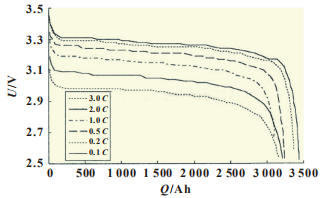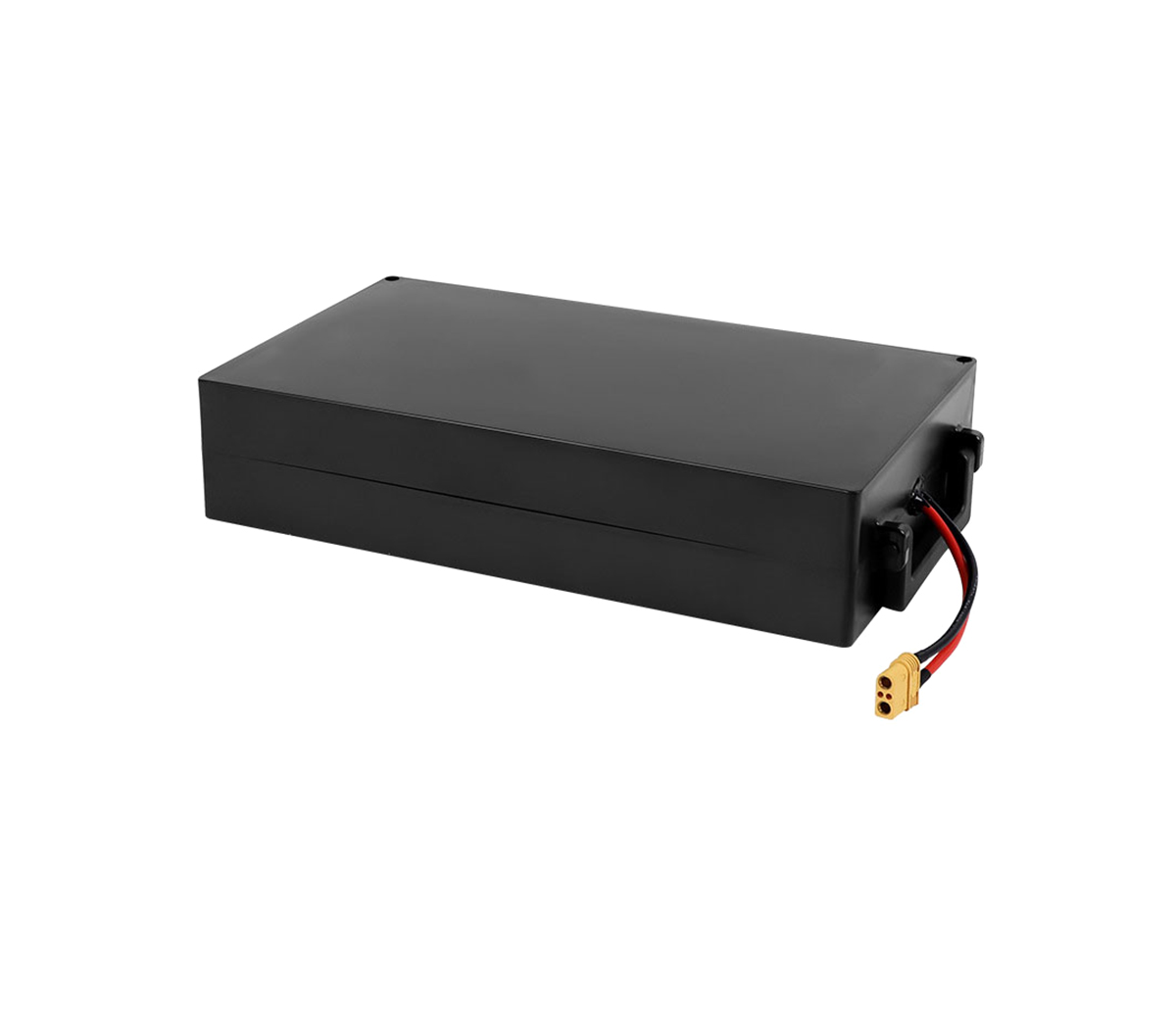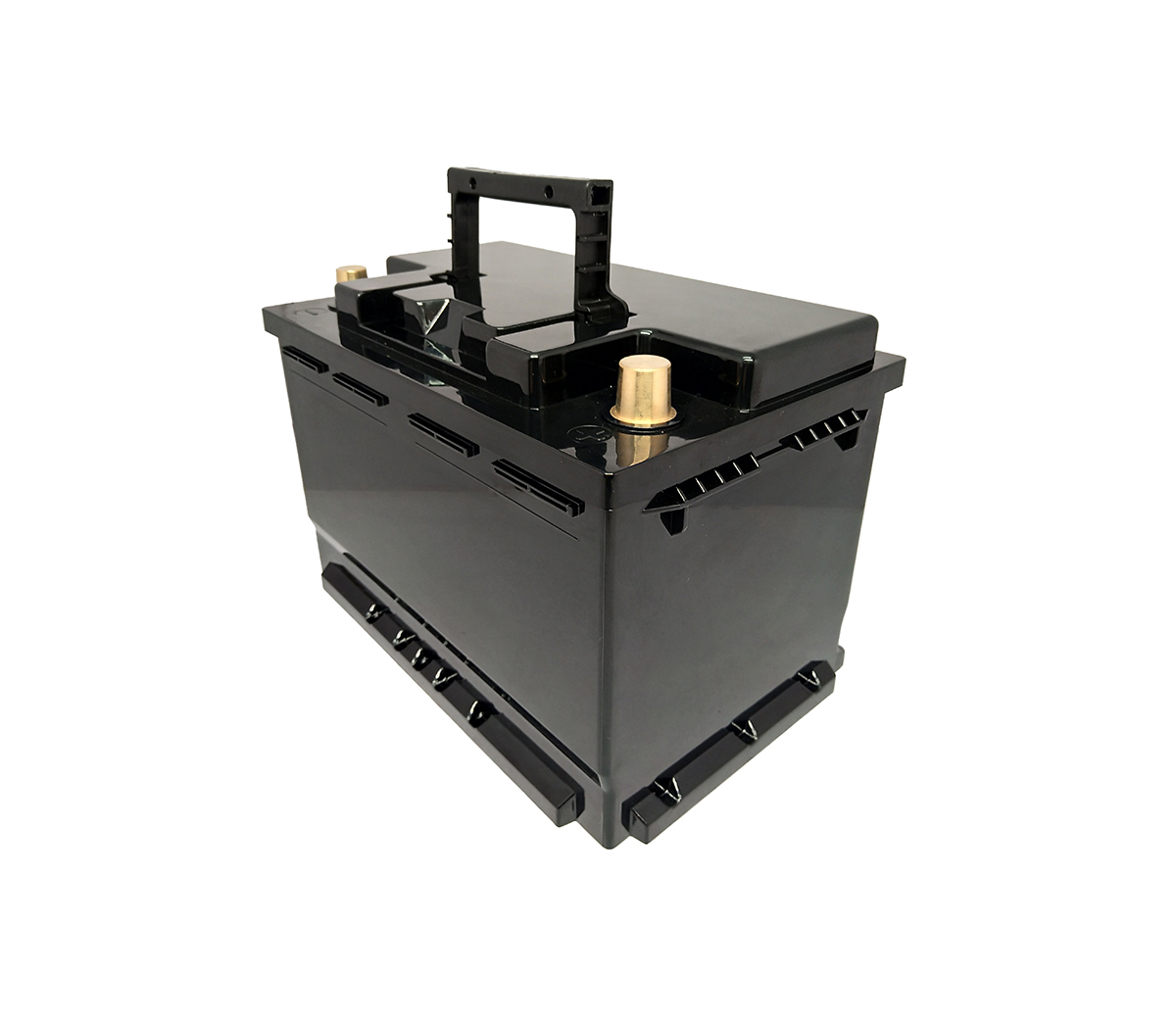SES Power is often asked a question by customers: the capacity of a single
lithium-ion battery is 100Ah, why is it lower than the theoretical value after
connecting in series and parallel?
As a manufacturer specializing in the research and development and
manufacture of lithium-ion batteries, we have nearly 20 years of experience in
the lithium-ion industry. Our products have high technical content, such as
fully intelligent lead-acid replacement products (12V100Ah, 12V200Ah), large
Current (2000A) start-up lithium battery, UPS high voltage lithium battery
system (up to 860V), 3Kw~20Kw off-grid lithium battery energy storage system,
base station communication backup battery system (standard 19 inches), etc. We
naturally compare this issue. The situation, frankly, cannot be solved in a
simple sentence. To answer this question seriously, we must be required to have
knowledge of all aspects of lithium batteries, because this knowledge is the
foundation.
A: What is a lithium battery pack, and what should be the focus on
batteries?
Lithium-ion batteries have the advantages of large capacity, high specific
energy, good cycle life, and no memory effect, and are naturally widely used.
Lithium battery PACK is also developing in the direction of large capacity, high
voltage, long life and high safety.
Lithium-ion battery PACK is a product that tests the electrical performance
of the cells after screening, grouping, packaging and assembly to determine
whether the capacity and pressure difference are qualified. If you don't pay
attention to the following three aspects, then the question at the beginning of
the article will arise: why the capacity after the pack cannot reach the
theoretical value obtained by the calculation of the single cell.
The consistency of the cells needs special consideration in the battery
pack. Only with good capacity, state of charge, internal resistance, and
self-discharge consistency can the capacity of the battery pack be exerted and
released. Poor consistency will seriously affect the overall performance of the
battery pack, and even lead to overcharge or overdischarge, resulting in safety
hazards. A good combination scheme is an effective way to improve the
consistency of monomers.
Temperature is also an important point: Lithium-ion batteries are
constrained by ambient temperature, and either too high or too low temperatures
will have an impact on battery capacity. If the battery works under high
temperature conditions for a long time, its cycle life may be affected. If the
temperature is too low, the capacity will be difficult to exert.
The last important point is that the real use link is to comply with the
discharge rate curve in the battery specification. If the rate is too small, the
charging and discharging speed will be slow, which will affect the efficiency;
if the rate is too large, the capacity will be reduced due to the polarization
effect and thermal effect of the battery.
B. How to do a good job in the matching of cells to improve
consistency?
A good configuration can not only improve the utilization rate of the
cells, but also control the consistency of the cells, which is the basis for
achieving good discharge capacity and cycle stability in the discharge of the
battery pack. This is the point!
Poorly matched battery packs have increased dispersion, which in turn
impairs battery pack cycle performance and usable capacity. Dynamic grouping is
a relatively good method.
The dynamic characteristic matching method mainly realizes the matching
function according to the charge and discharge curve of the battery. The
specific implementation steps are to first extract the feature points on the
curve to form a feature vector. According to the distance between the feature
vectors between each curve, For the matching index, the classification of the
curve is realized by selecting an appropriate algorithm, and then the battery
matching process is completed.
This matching method takes into account the performance changes of the
battery during operation. On this basis, other suitable parameters are selected
for battery matching, and batteries with more consistent performance can be
sorted.
C. The charging method will affect the capacity of the lithium battery
pack
Appropriate charging methods and processes have a significant impact on
battery capacity. If the charging depth is shallow, the discharge capacity will
be reduced accordingly. If overcharged, it will affect the chemical active
substances of the battery and cause irreversible damage, reducing the capacity
and life of the battery.
Therefore, it is necessary to select an appropriate charging rate, upper
limit voltage and constant voltage cut-off current to ensure that the charging
efficiency and safety and stability are optimized while the charging capacity is
achieved. At present, power lithium-ion batteries mostly use constant
current-constant voltage charging mode.
Balanced charging is a way to solve the difference between cells. It
provides the possibility to achieve a similar initial SOC platform for each cell
discharge, and finally achieves an improvement in discharge capacity and
discharge efficiency (discharge capacity/matching capacity). The equalization
method in charging refers to the equalization of the power battery during the
charging process. Generally, the equalization starts when the voltage of the
battery pack reaches or exceeds the set voltage, and the overcharging is
prevented by reducing the charging current.
D. The discharge rate will directly affect the capacity performance of the
lithium battery pack
The discharge rate is an important indicator for lithium-ion batteries.
High-rate discharge is a challenge for positive and negative electrode materials
and electrolytes. For lithium iron phosphate, its structure is stable, the
strain during charging and discharging is small, and it has the basic conditions
for high current discharge, but the disadvantage is that the conductivity of
lithium iron phosphate is poor. The diffusion rate of lithium ions in the
electrolyte is the main factor affecting the discharge rate of the battery, and
the diffusion of ions in the battery is closely related to the structure of the
battery and the concentration of the electrolyte.
Therefore, different discharge rates lead to different discharge times and
discharge voltage platforms of the batteries, which in turn lead to different
discharge capacities, which are especially obvious for parallel battery packs.
Therefore, it is necessary to select an appropriate discharge rate. The
relationship between discharge capacity and discharge rate (current) can be
described by the Peukert equation:

In the formula: “I” is the discharge current; “n” is the Peukert constant,
which is related to the structure of the battery, and its value is 1.15 to 1.42;
“K” is a constant, which is a constant related to the amount of active material
in the battery.
The usable capacity of the battery decreases as the discharge current
increases. This is also a very important point. SES Power will indicate the
definition of standard charging and discharging states and processes in the
product specification. Only the capacity data obtained after cycling under these
conditions is the real capacity of the lithium battery pack. For example, we
stipulate that the discharge calculation capacity is performed at a current of
0.5C, and the customer uses a 1C current, which will inevitably affect the final
capacity performance.
We can study the effect of the lower discharge rate on the capacity of the
lithium iron phosphate battery: a group of single cells of the same type with
good initial consistency are charged to 3.65V at a current of 1C, and then
charged at 0.1, 0.2, 0.5, 1 , 2, 3C discharge rate discharge to 2.5V, record the
relationship between voltage and discharge capacity, the experimental results
show that the discharge capacity of 1, 2C is 97.8% and 96.5% of the discharge
capacity of C/3, respectively, the released energy They are 97.2% and 94.3% of
the energy released by C/3, respectively. It can be seen that with the increase
of the discharge current, the released capacity and released energy of the
lithium-ion battery are significantly reduced.

(Voltage-discharge capacity curves for different discharge rates)
E. Temperature is a huge factor affecting the discharge capacity of lithium
batteries
Temperature mainly affects the activity and electrolyte performance of the
electrode material inside the battery. Too high and too low temperature have a
greater impact on the capacity of the battery.
For example, a conventional lithium battery can release 100% of its
capacity at 25 degrees Celsius, but at 0 degrees Celsius, it can only release
about 80% of its capacity.
At low temperature, the activity of the battery is significantly reduced,
the ability to intercalate and extract lithium decreases, the internal
resistance and polarization voltage of the battery increase, the actual usable
capacity decreases, the battery discharge capacity decreases, the discharge
platform is low, and the battery is more likely to reach the discharge cut-off
voltage, which is expressed as The available capacity of the battery decreases,
and the energy utilization efficiency of the battery decreases.
When the temperature rises, the extraction and insertion of lithium ions
between the positive and negative electrodes becomes active, so that the
internal resistance of the battery decreases, and the internal resistance
stabilization time becomes longer, which increases the amount of electron
mobility in the external circuit and the capacity is more effective. play.
However, if the battery works in a high temperature environment for a long time,
the stability of the positive lattice structure will be deteriorated, the safety
of the battery will be reduced, and the life of the battery will be
significantly shortened.
Both high temperature and low temperature will affect the performance and
service life of the lithium iron phosphate battery. In the actual working
process, methods such as increasing battery thermal management should be used to
ensure that the battery works under suitable temperature conditions. In the
battery pack PACK test, a constant temperature test room of 25°C can be
established.
Summarize:
A good battery matching method is the premise to improve the discharge
performance and level of the battery pack; the charging method is recommended to
use the balanced charging method to ensure that the SOC platforms of each cell
are similar before discharge; it is necessary to select the appropriate
discharge rate; the environment has a greater impact on battery testing , it is
necessary to control the temperature conditions.
If you still have questions about the discussion of this topic, you are
welcome to email us on the official website of SES power.




































